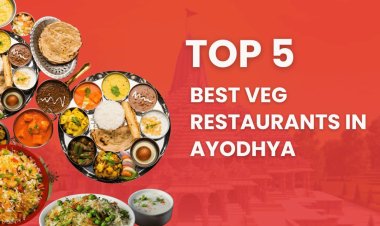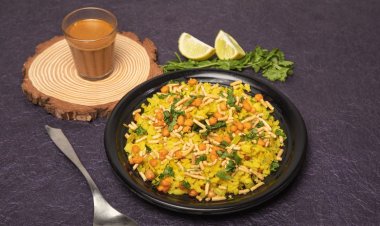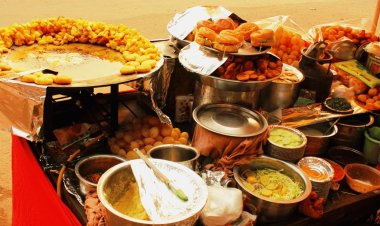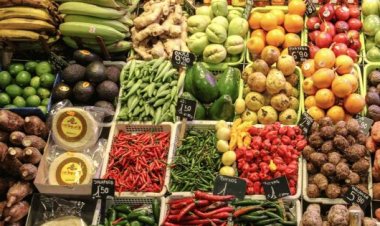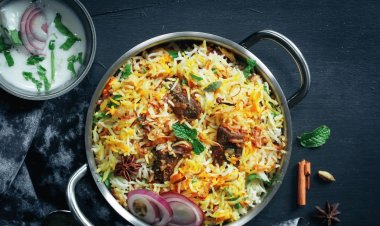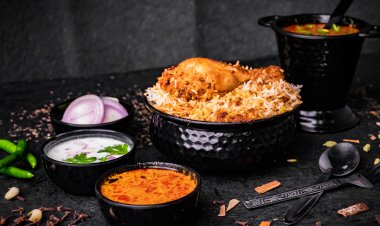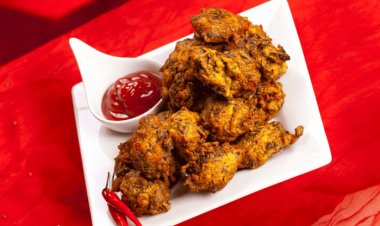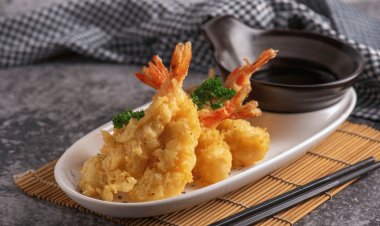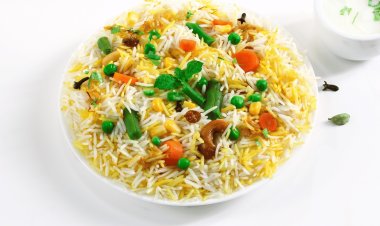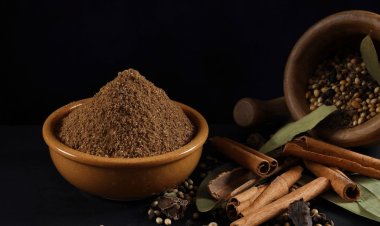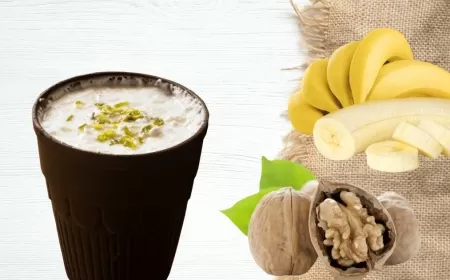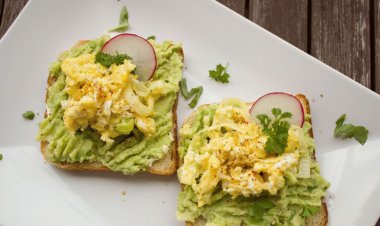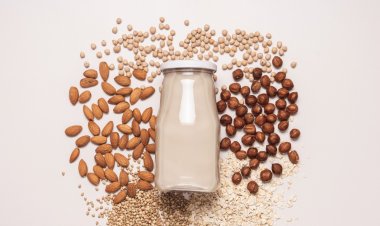Flavors of Korean cuisine: from spicy rice cakes to savory kimchi and more!
Explore the diverse and delicious world of Korean food, from the chewy, spicy goodness of tteokbokki to the pungent tang of kimchi and beyond. Learn about the history, ingredients, and cultural significance of these mouthwatering dishes
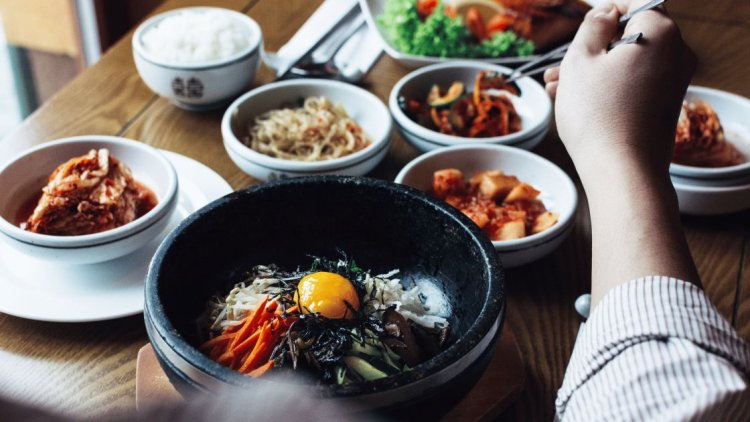
South Korea is known for its variety of dishes and in past years it's coming to highlight many International fans who are into K-pop fandom. It's no surprise that Korean cuisine has reached fame and touched the hearts of many people.
Whereas it's Europe or US or entire Asia itself. Korean cuisine is influenced by its geography, climate, and proximity to China and Japan.
European traders introduced Portuguese pepper to the Koreans in the 17th century, which also influenced cooking. Pepper was widely used in Korean cuisine in the 18th century.
By the 1980s, Korean culture, or K-Culture, had become a major purveyor of K-dramas and pop music and spread like wildfire across East, Southeast, and South Asia. However, Korean food refers to the traditional Korean preparation process.
They have a unique cooking style, which is divided into palace dishes, local specialties and daily dishes. Many dishes are popular around the world as they are prepared.
Here are some of the lip smacking foods that has achieved its fame to the global level.
1. Tteokbokki
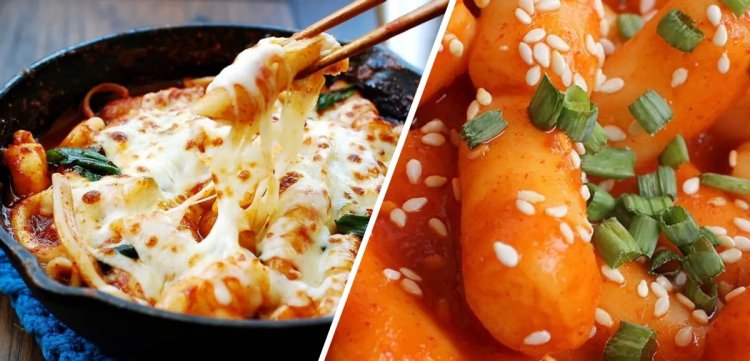
Tteokbokki are chewy rice cakes in spicy red broth. This is a world wide Korean dish especially among the youths and young adults. Many people prefer to have it with cheese on top of it for extra taste, some prefer it as a plain dish.
There are many variations of tteokbokki: some people add dumplings (mandu), some add cabbage, or ramen noodles (also known as rabeokki), but the actual version of the spicy Korean rice cakes is a classic and everyone loves it!!
Many of you might be wondering what does it taste like? Oh well, It tastes like heaven! If you love carbs, you'll love tteokbokki too. It is chewy and satisfying, sweet, spicy and salty.
If you've never had it before, think of it as delicious mochi or gnocchi with spicy sauce. Korean rice cake is chewy and pliable.
The cakes are small on their own, but when you cook them in the sauce, they absorb the flavor like a sponge and become delicious. Many tteokbokki also contain fish cakes and eggshells to add flavor and protein.
2. Kimbap
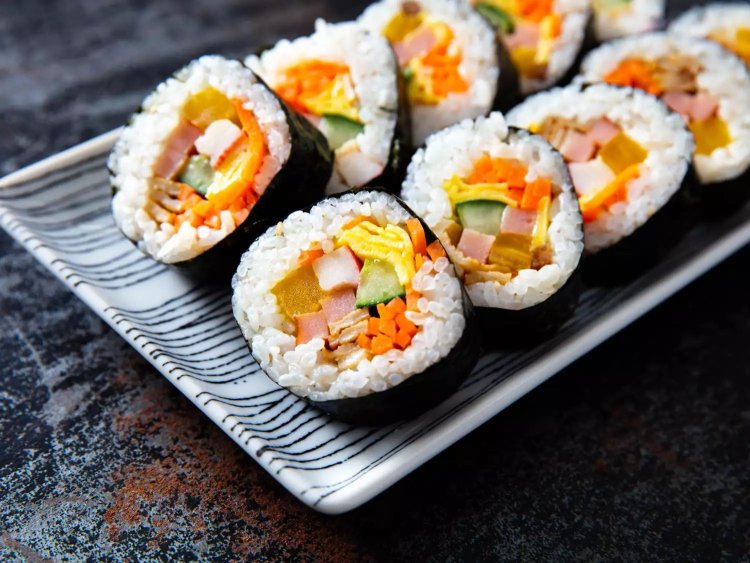
Kimbap means seaweed ("Kim") rice ("bap") and is not "Korean sushi" as some describe it. Yes, it's technically rice wrapped and stuffed in seaweed, but the comparison ends there.
Kimbap's sauces are unique and special: vegetables, scrambled eggs, ground beef and fish cakes to name a few. Unlike many Korean dishes where you put all the ingredients in a casserole or skillet and adjust the flavors along the way, at-home kimbap requires a little more preparation—it's not something you decide to make after digging into it for dinner.
Like many foods, the origin of kimbap is not fully understood. One theory is that the gimbap originated from the Japanese occupation of Korea in the first half of the 20th century, when Koreans adapted the Japanese version and made it their own.
For example, Koreans prefer to flavor gimbap with sesame oil, while Japanese use rice vinegar. Despite its origin, Kimbap has become a snack, meal, and food item in Korean culture.
Although delicious in any setting, kimbap is an excellent food. It is easy to carry, fun and enjoyable to eat. Whether you make it at home or buy it from a restaurant because of it's time-consuming process.
3. Kimchi
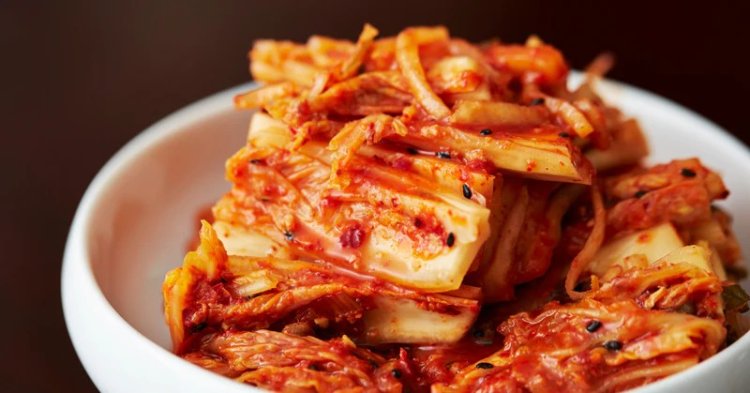
Kimchi is not just a salad made with cabbage, it is at the center of the country's culture. There are hundreds of varieties of kimchi in South Korea, and about 1.5 million tons are consumed each year.
Kimchi, the national dish of Korea, has been loved and eaten by many in East Asia for centuries. It is known for its pungent taste and often forms the main ingredient of dishes along with other vegetables.
It is beneficial for health as a food product. It is usually made by fermenting vegetables such as kimchi, cabbage, and radishes.
It is made by placing vegetables in salt water, which absorbs their liquid and aids in the preservation process.
Fermentation with lactic acid bacteria to provide the desired flavor. Kimchi is sour and salty due to fermentation.
4. Korean Noodles
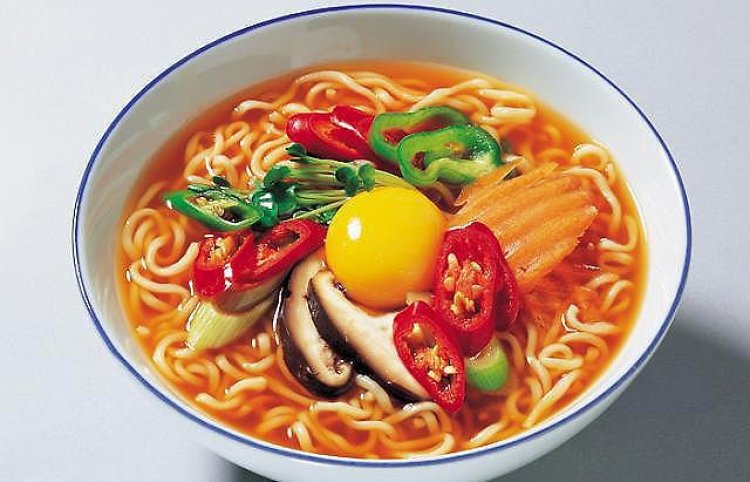
Korean noodles, also known as ramyeon, are one of the most popular snacks in Korea. However, do not confuse ramen with Japanese ramen, apart from their different origins, their flavors are also very different.
Unlike the small and delicate flavors of Japanese cuisine, ramen is created to appeal to the Korean palate and is made with a flavorful spicy broth.
The concept of noodles is now one of the reasons for its position and popularity. By adding different ingredients, a bowl of ramen can be turned into a healthy and nutritious meal. Ingredients include bean sprouts, bean paste, milk, meat and other vegetables.
While Noodles is now famous for being quick and filling, it has many important meanings. One of them is the hangover cure, also called haejang.
Koreans are known as the top drinkers in the world, and alcohol is an important part of their culture and tradition. Ramyeon is Korean instant noodles, but it's much more than that. This dish has many traditions, history and history and has entered people's hearts.
5. Korean Fried Chicken
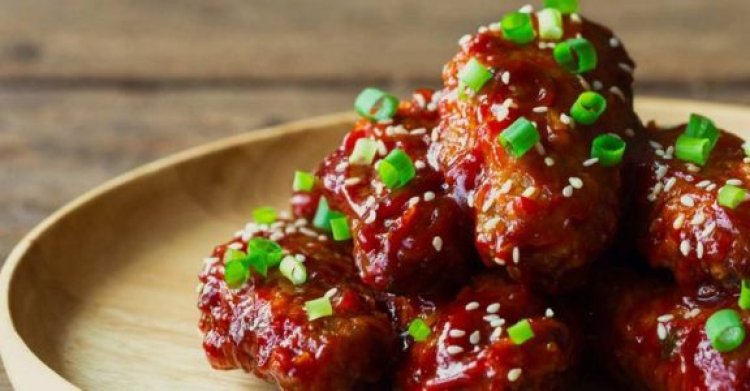
Crash Landing on You, and Business Proposal. These are just a few of many Korean dramas that never failed to feature Korean fried chicken. When we watch series like this, we can't help but enjoy the crunchy and delicious Korean fried chicken.
We all know that fried chicken is found all over the world, but what makes Korean fried chicken special? Fried chicken has been popular all over the world since ancient times. But what draws people to Korean fried chicken?
When fried chicken came to Korea, the South Koreans immediately gave it to Korea. They added authentic Korean flavor and have become a hit among Koreans and foreigners alike.
They localize the flavors of their fried chicken and one of the most famous is their Sweet and Spicy Korean Fried Chicken.
This Korean fried chicken recipe includes two great sauce options: Soy Garlic and Spicy Red Sauce with a thin and crispy crust.
6. Korean Hotdogs

Korean corn dogs (also spelled Korean corn dogs) are a popular food in South Korea. It is a hot dog style sausage wrapped in a sweet and savory dough and deep fried until golden and crispy; hence the Korean name for "hot dog".
What makes Korean hot dogs special is that they can contain foods like french fries (or diced potatoes), also known as gamja hot dogs.
They are slightly different from American hot dogs, they are salty and sweet, usually with sugar (flour or granules) added at the end.
It is impossible not to come across a Korean corn dog while wandering the streets of South Korea. It is one of the most popular Korean dishes and is not only delicious but also affordable. Korean corn dogs are famous in Korea and around the world.
Follow us on Google News for more information about world cuisine.
What's Your Reaction?
 Like
8
Like
8
 Dislike
0
Dislike
0
 Love
1
Love
1
 Funny
0
Funny
0
 Angry
0
Angry
0
 Sad
0
Sad
0
 Wow
5
Wow
5































